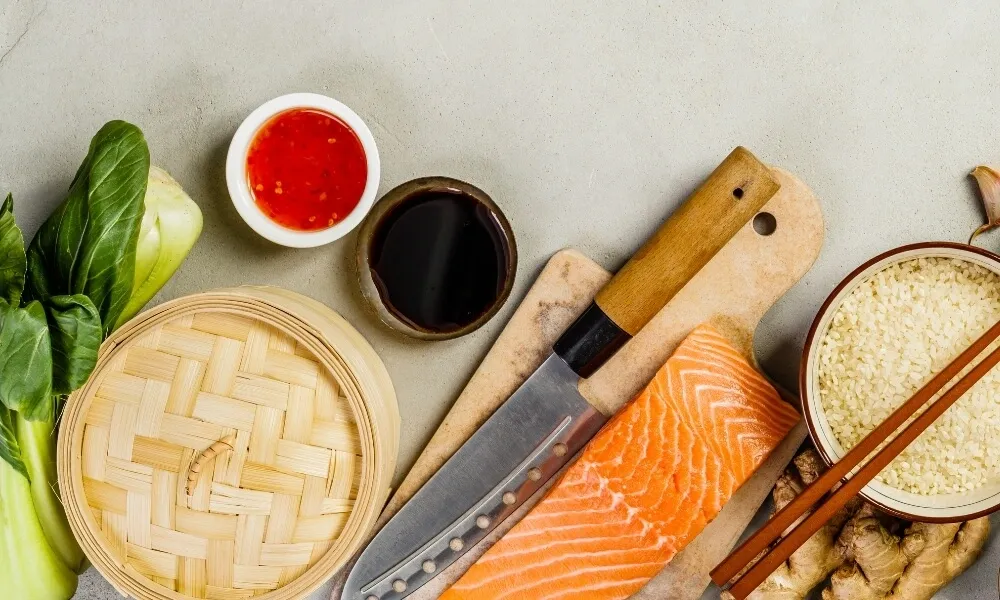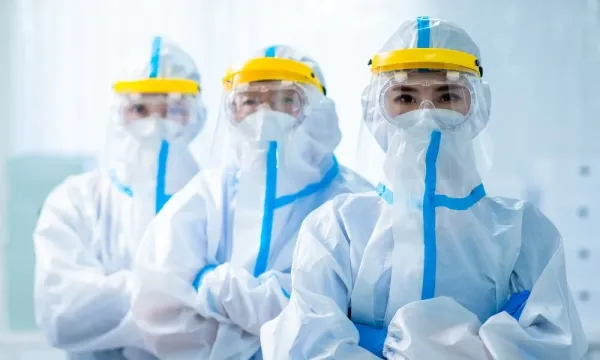Which Food Safety Practice Will Help Prevent Biological Hazards?

In the bustling world of gastronomy, the delight of savoring a well-cooked meal often overshadows the intricate processes that ensure its safety. The invisible world of biological hazards – comprising bacteria, viruses, and parasites – lurks around every corner of our kitchens and dining spaces, waiting for an opportunity to compromise our health. The perils of these hazards can range from minor discomforts to life-threatening situations. But fear not, for these threats can be effectively managed with knowledge and precaution.
This blog aims to shed light on the critical food safety practices that are instrumental in preventing these biological hazards, ensuring that every bite you take is delicious and safe. Join us as we delve deep into food safety, arming you with the knowledge to keep these microscopic adversaries at bay.
Which Food Safety Practice Will Help Prevent Biological Hazards?
Biological hazards are naturally occurring harmful agents found in food, such as bacteria, viruses, and parasites. These hazards can cause foodborne illnesses, ranging from mild discomfort to severe health consequences.
To ensure food safety, it is paramount to implement proper practices to prevent these biological hazards from contaminating the food we consume. Here, we delve into some of the most effective food safety practices to keep these hazards at bay.
1. Proper Hand Hygiene
Hand hygiene is the first line of defense against the spread of many illnesses, including those caused by foodborne pathogens.
- Duration and Technique: The 20-second rule isn’t arbitrary. It takes that long to remove and rinse off microbes effectively. Furthermore, pathogens often lurk under the nails, on the back of the hand, and between fingers, which are areas people sometimes miss.
- Hand Sanitizers: While convenient, sanitizers might not eliminate all types of germs and harmful chemicals. They’re less effective when hands are visibly dirty or greasy.
- Critical Times to Wash: Contaminated hands can transfer viruses to food, utensils, and surfaces. Hence, washing after potential contamination points is crucial.
2. Safe Storage of Food
Storage can impact food quality and safety.
- Temperature Control: The “danger zone” is where most bacteria can multiply rapidly, potentially doubling in number in as little as 20 minutes.
- Separation: Raw meats and their juices can contain harmful microbes. When these juices come into contact with ready-to-eat foods, it can result in cross-contamination.
3. Cooking at the Right Temperature
Cooking food adequately is vital to kill harmful pathogens.
- Food Thermometer: Visual cues can be misleading. For instance, a burger can brown before it’s safe to eat. Only a food thermometer can provide an accurate reading.
- Safe Temperatures: Each type of meat has specific pathogens, which is why different meats have different recommended internal temperatures.
4. Avoid Cross-contamination
Cross-contamination is a leading cause of foodborne illnesses.
- Separate Cutting Boards: Raw meats can leave behind pathogens. By having separate boards, these microbes cannot transfer to fresh produce.
- Clean Surfaces: Bacteria can thrive on surfaces, especially moist ones. Regular cleaning prevents their growth.
- Reusing Plates: Transferring cooked food onto plates that previously held raw food can transfer lingering bacteria onto the cooked food.
5. Safe Thawing Practices
Improper thawing can result in the growth of harmful microbes.
- Refrigerator Thawing: This slow, cold environment allows for safe thawing. However, ensure that raw meat is placed in containers to prevent drips.
- Cold Water Thawing: The continuous presence of cold water ensures even thawing. Regularly change the water to keep it cold.
- Microwave Thawing: Microwaves can unevenly thaw food, creating hot spots where bacteria can thrive. Immediate cooking after microwave thawing ensures any bacteria that multiply are destroyed.
6. Proper Handling of Fresh Produce
Fresh doesn’t mean germ-free.
- Washing Produce: This removes dirt, pesticides, and some microbes. It’s essential even for produce with skins or rinds that aren’t eaten.
- Scrubbing and Cutting: Firm produce can harbor microbes in its nooks and crannies. Scrubbing and cutting away damaged parts, where bacteria thrive, reduce contamination risks.
7. Ensure Safe Water and Raw Materials
The quality of ingredients affects the safety of the final dish.
- Safe Water: Contaminated water used for cooking, washing, or ice can introduce pathogens.
- Reliable Sources: Trusted suppliers often have rigorous safety standards, ensuring their products are less likely to be contaminated.
8. Regular Inspection and Pest Control
Pests can introduce a variety of harmful agents into food storage and prep areas.
- Routine Inspection: Catching signs of an infestation early, like droppings or physical damage, can prevent widespread contamination.
- Pest Control: A preventive approach, with regular checks and treatments, can deter pests from shopping in food areas.
Every food safety practice is intertwined, and adhering to each diligently ensures the prevention of biological hazards in our food.
Conclusion
Ensuring food safety against biological hazards is a continuous process that requires diligence and adherence to the mentioned practices. Educating oneself, regular monitoring, and staying updated with the latest guidelines and recommendations can go a long way in keeping food safe and preventing illnesses. Safe food handling protects individual health, safeguards public health, and enhances trust in food industries and establishments.



